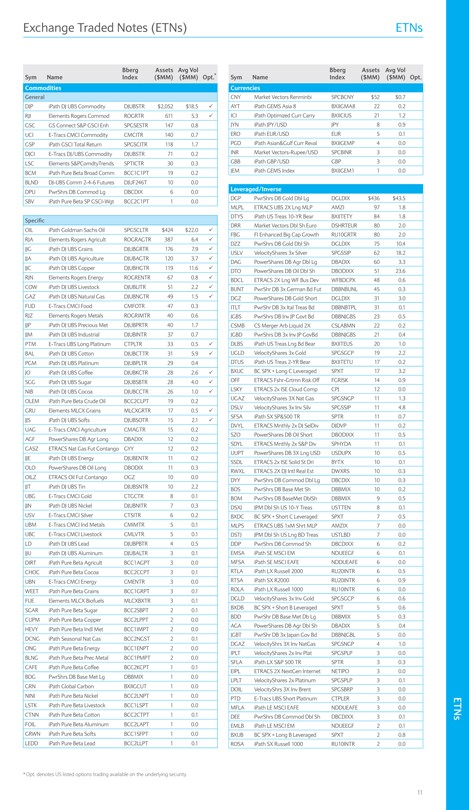Options On Exchange Traded Funds Investment U
Post on: 16 Март, 2015 No Comment

Options On Exchange Traded Funds: Increased Safety and Profit Potential
By Dean Albrecht, Contributing Editor
Tuesday, July 12, 2005: Issue #224
With any equity, you have options…
You can of course simply buy the underlying equity instrument (the stock), such as Texas Instruments…
Or you can buy a highly correlated but less volatile instrument, such as a semiconductor ETF (Exchange Traded Fund) to lower your volatility. Such a fund holds a basket of semiconductor stocks like Texas Instruments and spreads risk.
But the strategy I like, especially with higher ticket-price stocks, is to trade options on the correlated instrument, rather than buying or selling options on the stock itself. This gives you several advantages:
Let me explain how this works, with a trade on the Nasdaq ETF (Nasdaq: QQQQ), otherwise known as the Q’s…
An Options Play on the Nasdaq ETF
A couple of weeks ago, I told my clients to buy the QQQQ put options instead of issuing a short on the Nasdaq ETF itself.
Why the put options instead of selling short the ETF?
The downside move of the QQQQ (the underlying instrument) was expected to be, at most, about 2% — or 70 cents.
However, the put was selling for about $1.20, and if the QQQQ retreated as expected (down to, say, $37.20 from $38), then the put option would increase in value to about $1.75, for a more than 40% gain.
A Note About How Delta Works
Which brings up a question: Why does the QQQQ itself drop, say, 90 cents, and the option only moves 60 cents?
This is due to something called delta. Delta is a fancy word for the amount by which the price of an option changes for every dollar move in the underlying instrument.
For example: If the QQQQ moves $1, then the option price with a delta of 0.70 will move 70 cents. It’s really simple, and in my opinion an important issue to take into account when buying an option.
If you buy an option, you want movement — it’s the only way to capitalize on the situation. The option doesn’t move by quite the same amount — but the option is usually MUCH less expensive. So the percentage moves are usually pronounced.
A Delta of More Than 0.60 Is a Good Start
When I look at an option, I immediately look to see that the delta is more than 0.60 because I want to take advantage of the expected move in the underlying instrument and receive a higher percentage gain.
Most often, I am looking to take options positions in stocks that are expected to move in a certain direction, by a certain amount, in a certain time frame. So I usually take positions in near-term positions that are in the money or at the money.
The QQQQ’s move in a range of about 7% per month.
When buying the options instead of the stock I can still take advantage of these tight moves, as the spreads on the QQQQ options are low and the liquidity is very, very high.
Here’s how I do it… The near-term option that is in the money or at the money would garner a cost of about $1.25 or $125 per contract, to control 100 shares of the underlying stock — instead of $3,800 to control the same amount of stock by buying the underlying QQQQ shares.
High Deltas and Bigger Percentages
Why do I like options that are near the money or in the money?
These options tend to have a high delta, and it gives the opportunity to take advantage of the move from a percentage gain perspective.
Without even looking, you will start to learn that the DELTA on near-term options that are at the money, in the money, or close to the money usually ranges between 60 to 70. Once again, this means the price of the option will move about 60 or 70 cents for each $1 move in the stock.
The stock play for our 3% expected move on an option with a delta of 0.70 would garner an expected move of about 75 cents, or about 60% on the option. I sum it up in here:














